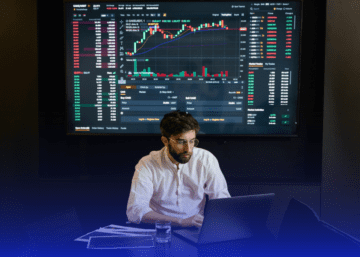It is normal to assign quasi-esoteric powers to those who achieve great feats, by either scoring 11 three-point shots in an NBA game or the mural that adorns the walls and ceiling of the Sistine Chapel. We could talk about divine inspiration, talented bodies with supernatural abilities that allow their bearers to achieve the impossible.
Although they have extensive knowledge of their trades and mastery of their skills, extraordinary moments are achieved when the state of flow is achieved. This concept, belonging to positive psychology, coined by Mihaly Csikszentmihalyi, responds to the state of maximum concentration in which time stops and actions flow effortlessly. This state has been described with other words in other cultures and refers to the mental disposition that exists at a time when peak performance is reached in whatever activity is exercised.
When we describe the state of flow, it certainly seems to be more of an esoteric matter than a physical issue, but, fortunately, science has set out to prove and understand what happens in our brain when this creative ecstasy is reached. First of all, the myth that we only use 10% of our mind and that we can only achieve extraordinary results by expanding our capacity to 100%, has been dismantled. Flow is achieved when our frontal lobe temporarily turns off in an energy exchange to reach maximum concentration.
One of the characteristics described by Mihaly Csikszentmihaly in countless interviews is the altered perception of time. This is explained by the fact that temporariness occurs in the frontal lobe and, when temporarily “extinguished,” the fears of the past and the anxiety of the future fade away and the certainty of being able to achieve the desired goal appears. This phenomenon also explains why the feeling of “getting lost” in the activity happens, since the ego — our ego — operates in the frontal lobe as well.
When we achieve the state of flow— and I refer to achieving it because it is universal and can happen to anyone — we reach a state of concentration such that everything around us disappears and the only thing that exists is the task at hand. To be able to achieve it, the activity has to be within the realm of our possibilities, i.e. the talent or the ability to carry out the activity successfully must pre-exist. We cannot pretend to paint like Dalí without knowing anything about visual arts.
The results obtained after passing through the flow state are unmistakable. The performance is very high and the feeling of ecstasy and satisfaction are unique to this experience. One of Mihaly Csikszentmihaly’s findings was that experiencing the flow state is key to the happiness of individuals.
While we can see clear examples of people who achieve flow in their careers, such as high-performance athletes and renowned artists, it is something that can happen to anyone given the necessary conditions. A 10-year study conducted by global consultant McKinsey highlighted that the secret ingredient for the high performance of top executives with whom they shared experiences was the flow state. The most interesting thing is that, by asking them how high their performance was when experiencing the flow state, on average they reported being 5 times more productive than in everyday life.
The individual motivators that trigger the flow state are:
- Passion/Purpose
- Novelty
- Risk
- Complexity
- Unpredictability
- Clear goals
- Profound incarnation
- Challenge/Skills Ratio
- Creativity/pattern recognition
If we look closely, these motivators are commonplace in VUCA environments. That is why feeding the passion of employees and working with their intrinsic motivation is one of the challenges that leaders and HR face, because getting people to enter the flow state will achieve better results for the organisation in addition to having more satisfied and happy individuals.


